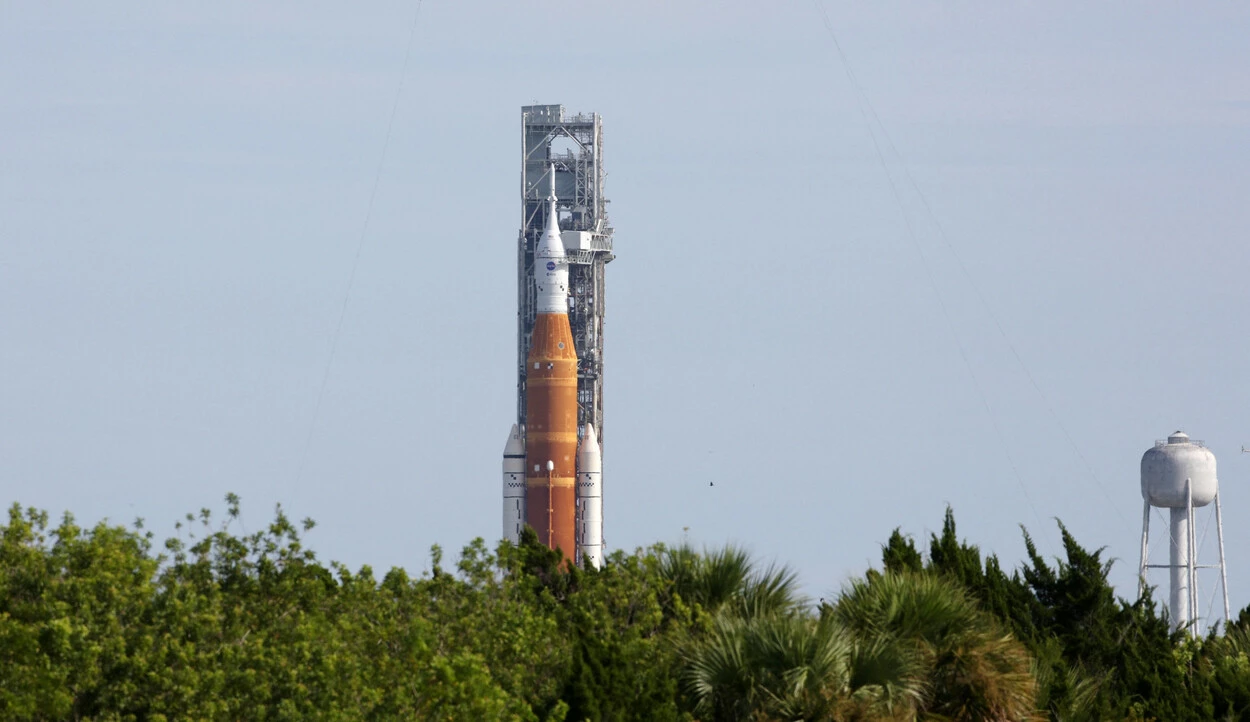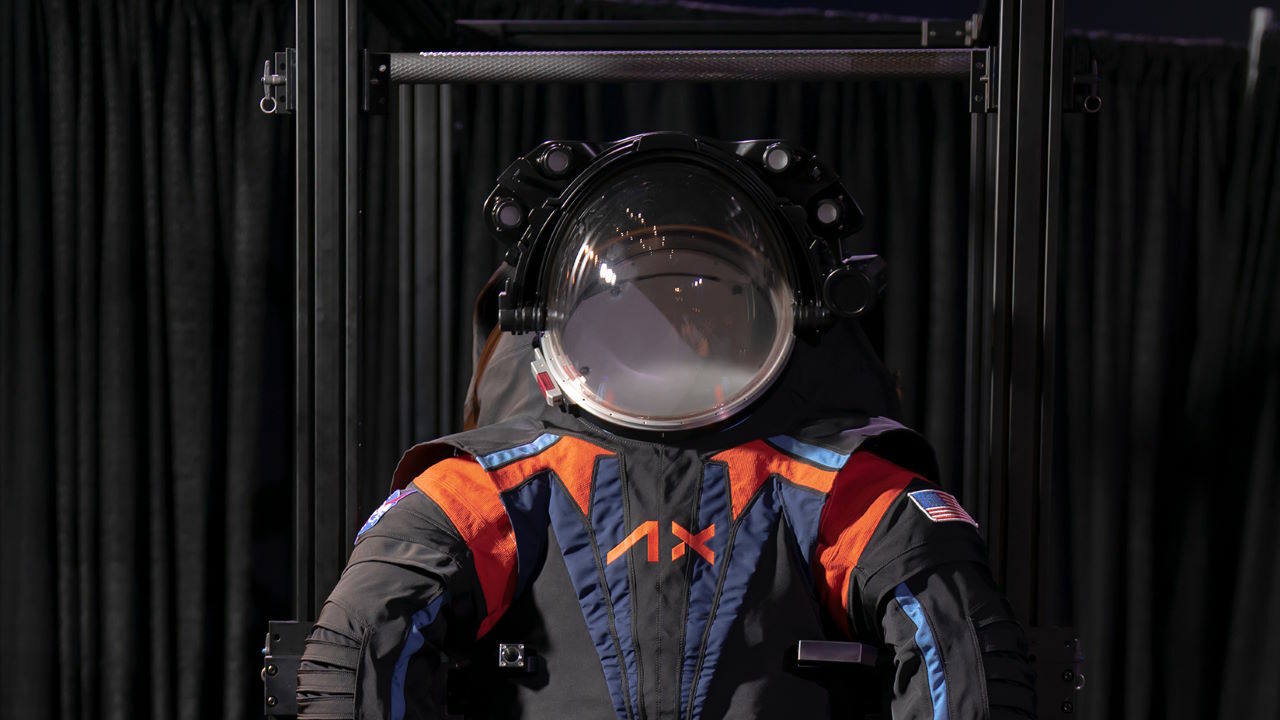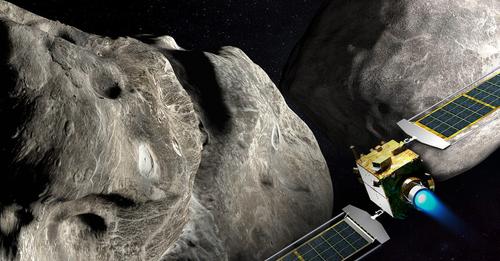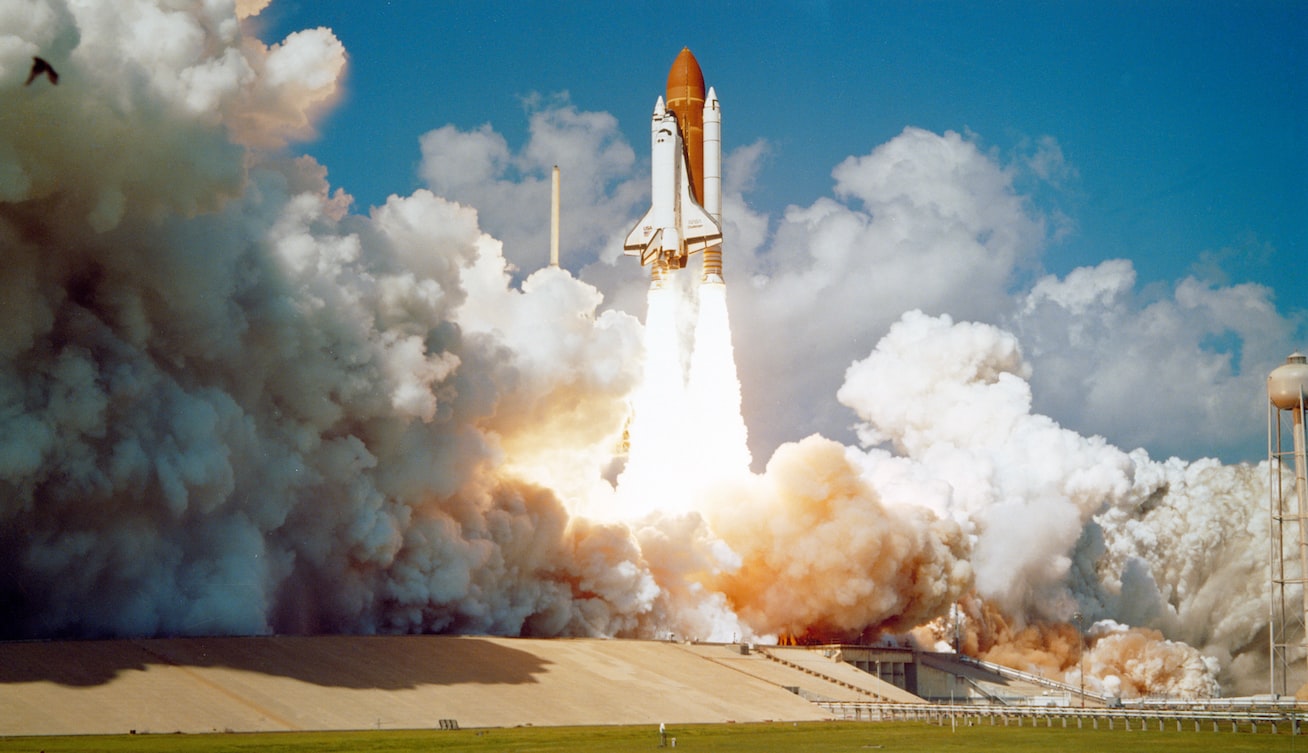On NASA’s historic Artemis I moon mission, BioSentinel will launch.
NASA isn’t trying to bake bread in space right now (at least, not yet), but yeast could be a big part of getting people ready to go farther into the solar system.
The planned launch of NASA’s unscrewed Artemis I mission will accomplish more than simply circling the moon in the Orion spacecraft. In addition to that, there will be a number of auxiliary missions that need to be dispatched into space. One of them is called BioSentinel, and it is designed to send yeast into deep space so that researchers may learn more about the potential effects of radiation on humans who are exposed to it for extended periods of time.
The United States National Aeronautics and Space Administration (NASA) issued a statement the previous week comparing radiation in space to a “nanoscale demolition derby.” It is possible for it to cause damage to living cells, which is a concern that will need to be addressed as NASA works toward the goal of sending astronauts out for longer-term excursions to the moon and eventually to Mars.
BioSentinel is going to keep an eye on the vital signs of yeast, which, according to NASA, has biological systems that are quite similar to those of human cells. On board is a more compact version of a biotechnology lab that will monitor the yeast cells. The radiation in space will be measured by a sensor, and then scientists will compare those results to the activity level of the yeast. The Space Agency (NASA) is hoping that the dissemination of this information will stimulate new ideas for how to keep astronauts safe while they are in space.
Within a few hours of the Artemis I launch, the CubeSat that houses BioSentinel will be sent into orbit. A CubeSat is a miniature satellite about the size of a shoebox. After flying close to the moon, it will enter an orbit around the sun and begin a mission that is expected to last for as long as nine months. NASA has stated that “BioSentinel will be the first long-duration biology experiment to take place beyond where the space station orbits near Earth.” BioSentinel will be the first experiment of its kind to take place in space.
The yeast will be exposed to radiation in this most recent experiment, and the results will be observed to see what happens. In 2019, researchers subjected yeast to an artificial simulation of cosmic radiation. NASA also plans to send yeast samples to the moon’s surface to study how microgravity and space radiation affects yeast there.
According to the project manager for the BioSentinel mission at NASA’s Ames Research Center, Matthew Napoli, “BioSentinel is the first of its type.” “It will be able to transport living beings further into space than any previous mission. That is very awesome to hear!”






Leave a Reply